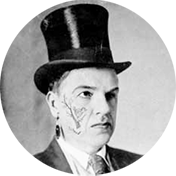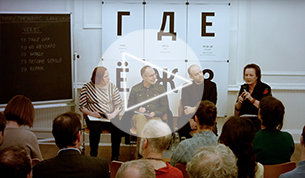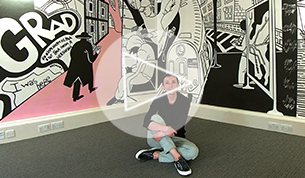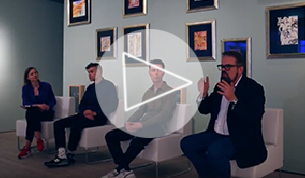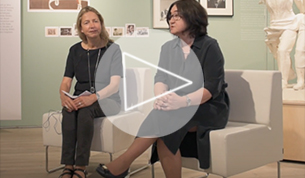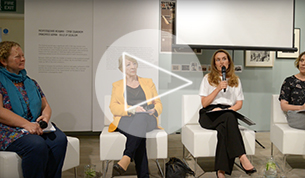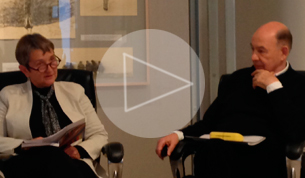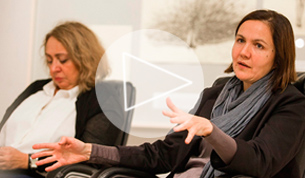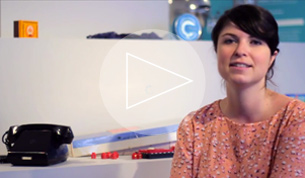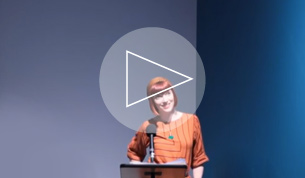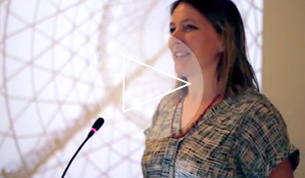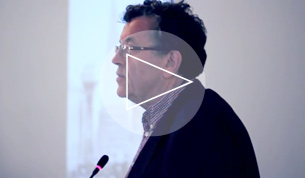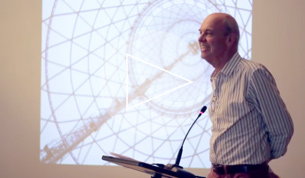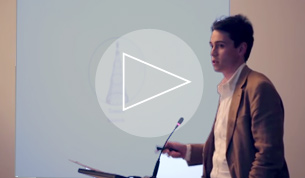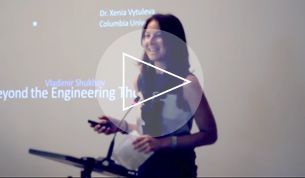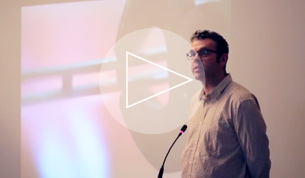Watch
Mother Tongue
Apparition of the Last Soviet Artist in London
ShadowMemory x Art Night Open
Postponed Futures
Superwoman: ‘Work, Build and Don’t Whine'
Unexpected Eisenstein
-
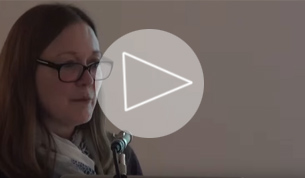 Rachel Morley:
Rachel Morley:
Russian Cinema before 1917 -
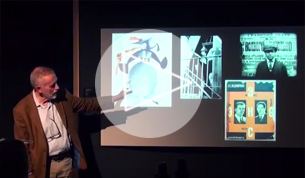 Ian Christie:
Ian Christie:
Besides Eisenstein: Protazanov, Barnet and the new Soviet cinema of the 1920s -
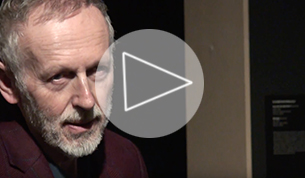 Ian Christie:
Ian Christie:
Maxim and co: creating the new heroes and heroines of the 1930s -
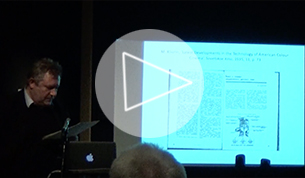 Phil Cavendish:
Phil Cavendish:
Soviet Colour Film, 1929-1945: An Experiment Understood by Very Few -
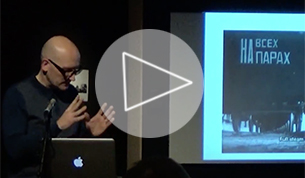 Jeremy Hicks:
Jeremy Hicks:
Meaningful Martyrdom — Death, Revolution and Victory from Lenin to the Reichstag, 1924–45 -
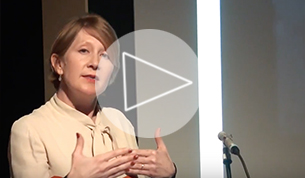 Emma Widdis:
Emma Widdis:
Film and the Making of the New Soviet Person: Bodies, Minds and Feelings -
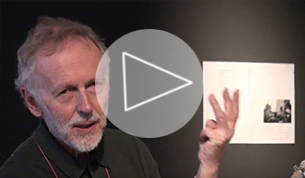 Ian Christie:
Ian Christie:
Hopes and fears: the Soviet New Wave of the 1960s -
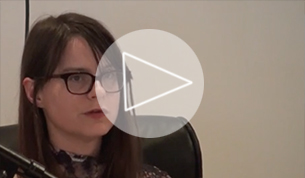 Carmen Gray:
Carmen Gray:
Andrei Tarkovsky: The Citizen Poet and the State -
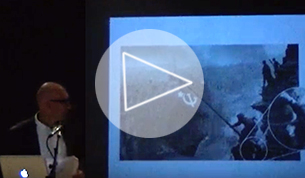 Jeremy Hicks:
Jeremy Hicks:
Reusing War Footage in Russian and Soviet Films, 1945–2015
Peripheral Visions
A Game in Hell. The Great War in Russia
-
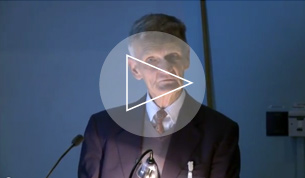 John E. Bowlt:
John E. Bowlt:
Introductory remarks -
 Elena Sudakova:
Elena Sudakova:
'Forgotten Heroes of the Great War' -
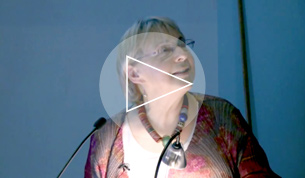 Christina Lodder:
Christina Lodder:
'A Painting Fit for Heroes: Kazimir Malevich's Reservist of the First Division' -
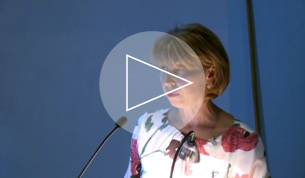 Natalia Budanova:
Natalia Budanova:
'Who Needs the Art Now?': Russian Women Artists Representing the Great War' -
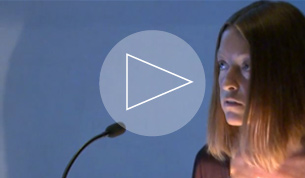 Valentina Parisi:
Valentina Parisi:
'Russian Avant-Garde Circles and the Literary Response to the Great War'
Work and Play Behind the Iron Curtain
The Shabolovka Tower Model
Kino/Film: Soviet Posters of the Silent Screen
-
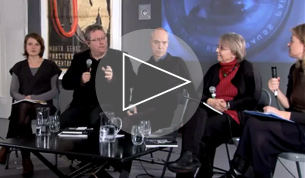 Curators and Special Guests:
Curators and Special Guests:
Panel Discussion with Exhibition -
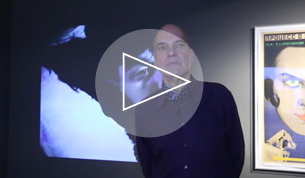 Lutz Becker:
Lutz Becker:
Curator talks: Chess Fever and The Three Million Case -
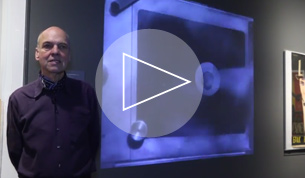 Lutz Becker:
Lutz Becker:
Curator talks: Man with a Movie Camera -
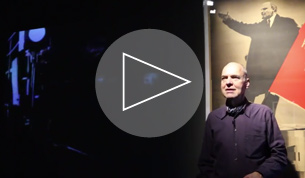 Lutz Becker:
Lutz Becker:
Curator talks: October -
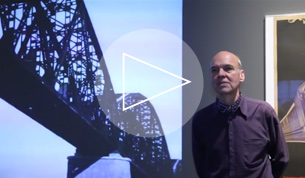 Lutz Becker:
Lutz Becker:
Curator talks: Storm Over Asia and Turksib -
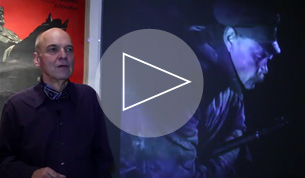 Lutz Becker:
Lutz Becker:
Curator talks: The End of St Petersburg -
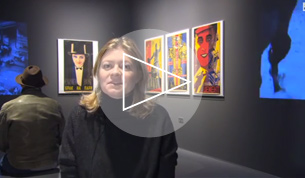 Elena Sudakova:
Elena Sudakova:
Soviet Posters of the Silent Screen
Utopia LTD
-
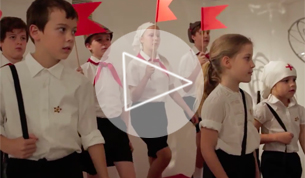 'Inside the Rainbow' Performance:
'Inside the Rainbow' Performance:
Directed by Irina Brown -
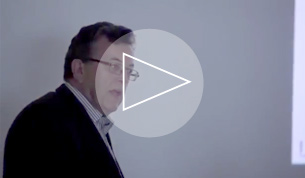 Professor John Milner:
Professor John Milner:
Seminar: 'Re-Constructivism' -
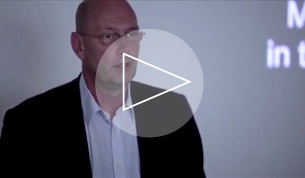 Willem Jan Renders:
Willem Jan Renders:
Seminar: 'After Lissitzky: Reconstructions at the Van Abbemuseum' -
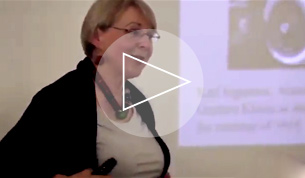 Christina Lodder:
Christina Lodder:
Seminar: 'Gustav Klucis: Transmitting Utopia' -
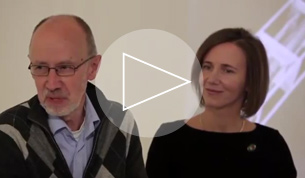 Aleksandr Shklyaruk:
Aleksandr Shklyaruk:
Seminar: 'Klucis and the Materialisation of a Futurist Idea' -
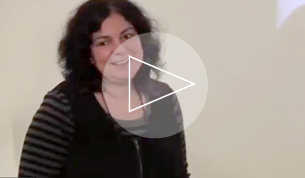 Dr. Maria Tsantsanoglou:
Dr. Maria Tsantsanoglou:
Seminar: 'Tatlin's Legend'
Listen
Superwoman: ‘Work, Build and Don’t Whine'
Unexpected Eisenstein
Bolt
A Game in Hell. The Great War in Russia
Read
David Burliuk
(1882-1967)
David Burliuk was born in 1882 in a city in eastern Ukraine. As a young man Burliuk studied in Kazan and Odessa improving his artistic skills before travelling to Munich to study with Anton Azbe. By 1904 he had enrolled in L’Ecole des Beaux Arts in Paris and studied under Fernand Cormon. His penchant for travelling waned after this and the young Burliuk returned to Russia to study at the Odessa School from 1910–1911. He went on to enrol in the Moscow School of Painting, Sculpture and Architecture but was expelled in 1914.
Since 1908 Burliuk had been immersed in the new Russian art scene, organising exhibitions alongside making work himself. He published his first article on the nature of art, ‘The voice of an Impressionist: in defence of painting’, later that year. Like many young artists at the time Burliuk rejected the traditional painting and teaching styles of the art schools in St Petersburg. He also denounced the true to life, or ‘realistic’ styles of art groups at the time and the retrospective focus of art tutelage. Burliuk favoured styles from Western Europe, seen in painters such as Cezanne and Van Gogh. Along with his contemporaries Natalia Goncharova and Mikhail Larionov, Burliuk helped to organise and contributed to the Jack of Diamonds series of exhibitions from 1910–1917. He displayed works such as Bridge painted in 1911, in which he echoes the French Cubist style in title and technique, and A Landscape painted in 1912. This work not only echoes the sharp textures of German constructivist painting but also references much older, pre-historic artistic styles, with its visceral, organic textures.
Burliuk was not just a painter; he also displayed a talent for writing and in 1912 his most notable essay ‘Die “Wilden” Russlands’ was published in German almanac, Der Blaue Reiter on a recommendation from Wassily Kandinsky. In this essay Burliuk praised the art of the Egyptians, Assyrians and Scythians for its ‘barbaric’ qualities and discussed the worth of Russian folk art as an inspiration for modern painting. It was this article plus works from his Russian Futurist contemporaries that brought the Cubo-Futurist trend to the attention of artists from elsewhere in Europe. However it was Burliuk’s work as speech maker and organiser of exhibitions for the Russian futurist groups that earned him the title ‘Father of Russian Futurism’, not his creative endeavours. There remained a continued tension between himself and artists such as Goncharova and Larionov, over Burliuk’s influence and dedication to the Western Impressionists.
In the years after the 1917 October revolution Burliuk resumed his travels abroad, moving first to Siberia and then on to Japan. He continued his creative career organising exhibitions and writing poetry. 1922 saw David Burliuk move to New York where he began the publication Colour and Rhyme in 1930. This featured much of his own work in later years. The last copy was published in 1966.
